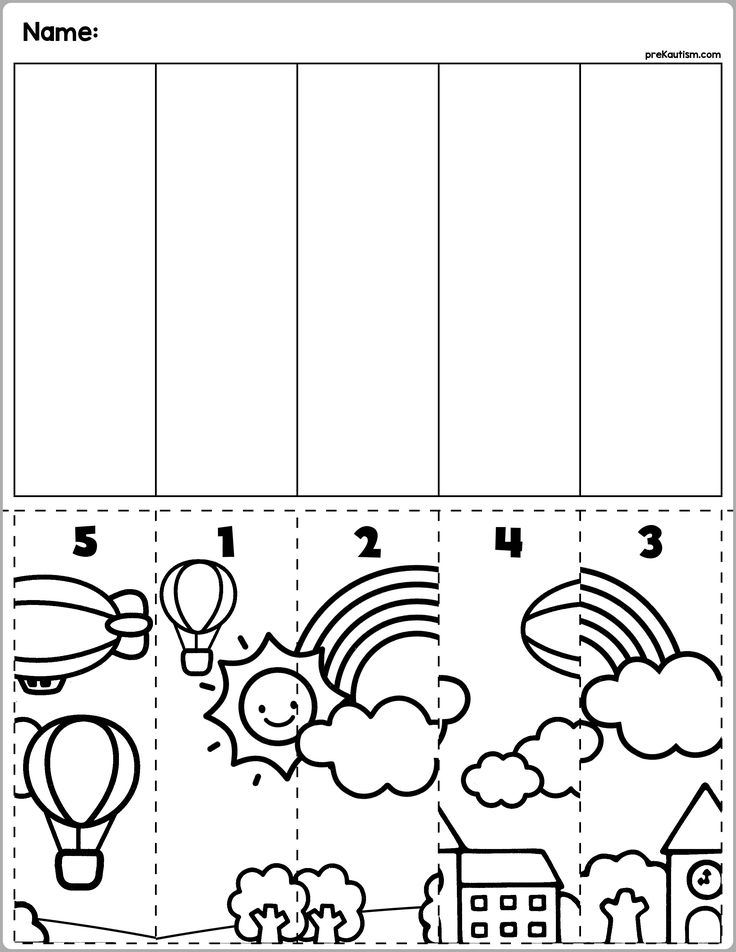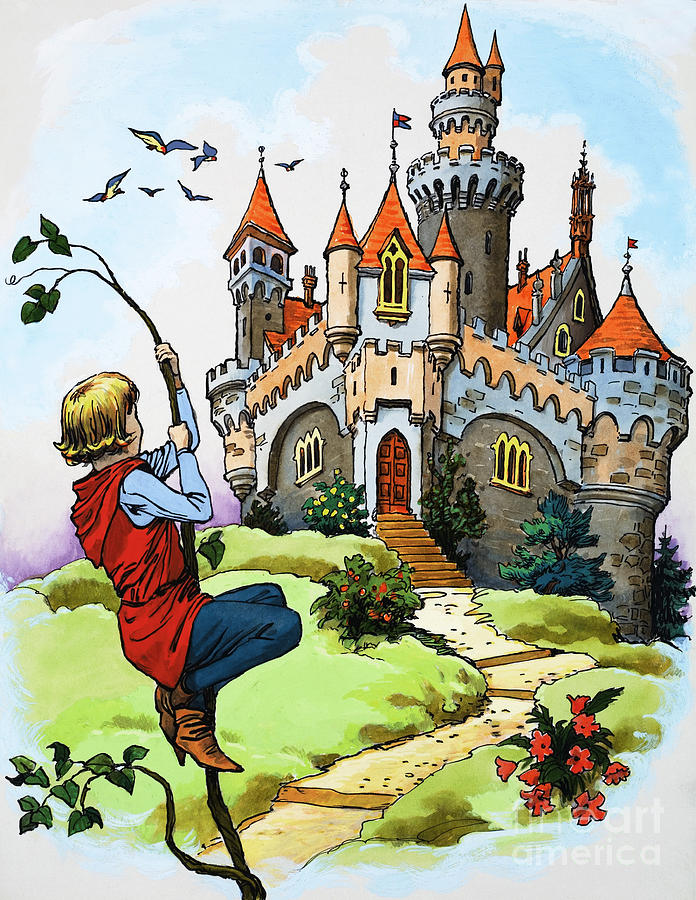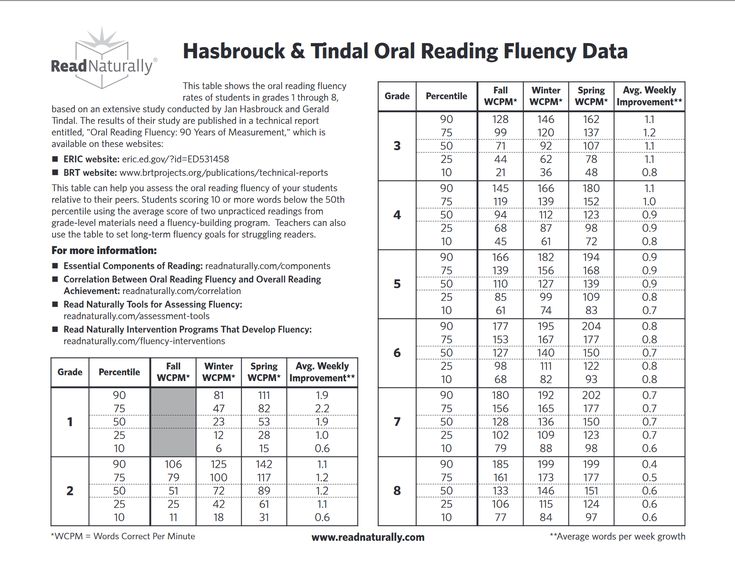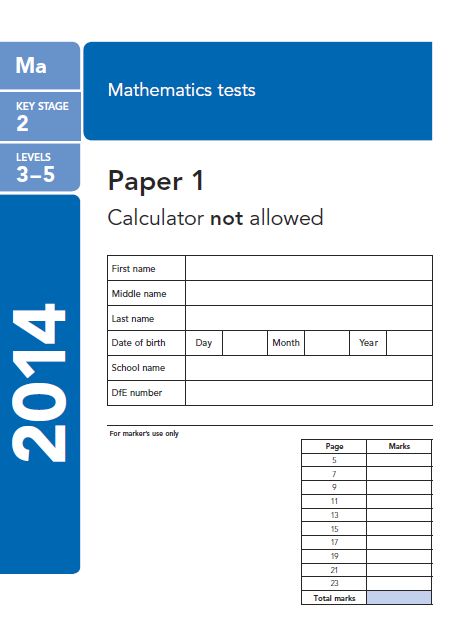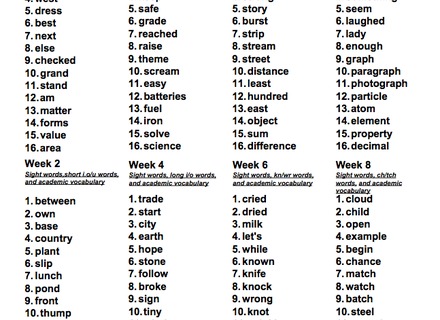Reading milestones by age
Reading Milestones (for Parents) - Nemours KidsHealth
Reviewed by: Cynthia M. Zettler-Greeley, PhD
Nemours BrightStart!
en español Hitos en la lectura
This is a general outline of the milestones on the road to reading success. Keep in mind that kids develop at different paces and spend varying amounts of time at each stage. If you have concerns, talk to your child's doctor, teacher, or the reading specialist at school. Getting help early is key for helping kids who struggle to read.
Parents and teachers can find resources for children as early as pre-kindergarten. Quality childcare centers, pre-kindergarten programs, and homes full of language and book reading can build an environment for reading milestones to happen.
Infancy (Up to Age 1)
Kids usually begin to:
- learn that gestures and sounds communicate meaning
- respond when spoken to
- direct their attention to a person or object
- understand 50 words or more
- reach for books and turn the pages with help
- respond to stories and pictures by vocalizing and patting the pictures
Toddlers (Ages 1–3)
Kids usually begin to:
- answer questions about and identify objects in books — such as "Where's the cow?" or "What does the cow say?"
- name familiar pictures
- use pointing to identify named objects
- pretend to read books
- finish sentences in books they know well
- scribble on paper
- know names of books and identify them by the picture on the cover
- turn pages of board books
- have a favorite book and request it to be read often
Early Preschool (Age 3)
Kids usually begin to:
- explore books independently
- listen to longer books that are read aloud
- retell a familiar story
- sing the alphabet song with prompting and cues
- make symbols that resemble writing
- recognize the first letter in their name
- learn that writing is different from drawing a picture
- imitate the action of reading a book aloud
Late Preschool (Age 4)
Kids usually begin to:
- recognize familiar signs and labels, especially on signs and containers
- recognize words that rhyme
- name some of the letters of the alphabet (a good goal to strive for is 15–18 uppercase letters)
- recognize the letters in their names
- write their names
- name beginning letters or sounds of words
- match some letters to their sounds
- develop awareness of syllables
- use familiar letters to try writing words
- understand that print is read from left to right, top to bottom
- retell stories that have been read to them
Kindergarten (Age 5)
Kids usually begin to:
- produce words that rhyme
- match some spoken and written words
- write some letters, numbers, and words
- recognize some familiar words in print
- predict what will happen next in a story
- identify initial, final, and medial (middle) sounds in short words
- identify and manipulate increasingly smaller sounds in speech
- understand concrete definitions of some words
- read simple words in isolation (the word with definition) and in context (using the word in a sentence)
- retell the main idea, identify details (who, what, when, where, why, how), and arrange story events in sequence
First and Second Grade (Ages 6–7)
Kids usually begin to:
- read familiar stories
- "sound out" or decode unfamiliar words
- use pictures and context to figure out unfamiliar words
- use some common punctuation and capitalization in writing
- self-correct when they make a mistake while reading aloud
- show comprehension of a story through drawings
- write by organizing details into a logical sequence with a beginning, middle, and end
Second and Third Grade (Ages 7–8)
Kids usually begin to:
- read longer books independently
- read aloud with proper emphasis and expression
- use context and pictures to help identify unfamiliar words
- understand the concept of paragraphs and begin to apply it in writing
- correctly use punctuation
- correctly spell many words
- write notes, like phone messages and email
- understand humor in text
- use new words, phrases, or figures of speech that they've heard
- revise their own writing to create and illustrate stories
Fourth Through Eighth Grade (Ages 9–13)
Kids usually begin to:
- explore and understand different kinds of texts, like biographies, poetry, and fiction
- understand and explore expository, narrative, and persuasive text
- read to extract specific information, such as from a science book
- understand relations between objects
- identify parts of speech and devices like similes and metaphors
- correctly identify major elements of stories, like time, place, plot, problem, and resolution
- read and write on a specific topic for fun, and understand what style is needed
- analyze texts for meaning
Reviewed by: Cynthia M. Zettler-Greeley, PhD
Date reviewed: May 2022
Reading Development and Skills by Age
Even as babies, kids build reading skills that set the foundation for learning to read. Here’s a list of reading milestones by age. Keep in mind that kids develop reading skills at their own pace, so they may not be on this exact timetable.
Babies (ages 0–12 months)
- Begin to reach for soft-covered books or board books
- Look at and touch the pictures in books
- Respond to a storybook by cooing or making sounds
- Help turn pages
Toddlers (ages 1–2 years)
- Look at pictures and name familiar items, like dog, cup, and baby
- Answer questions about what they see in books
- Recognize the covers of favorite books
- Recite the words to favorite books
- Start pretending to read by turning pages and making up stories
Preschoolers (ages 3–4 years)
- Know the correct way to hold and handle a book
- Understand that words are read from left to right and pages are read from top to bottom
- Start noticing words that rhyme
- Retell stories
- Recognize about half the letters of the alphabet
- Start matching letter sounds to letters (like knowing b makes a /b/ sound)
- May start to recognize their name in print and other often-seen words, like those on signs and logos
Kindergartners (age 5 years)
- Match each letter to the sound it represents
- Identify the beginning, middle, and ending sounds in spoken words like dog or sit
- Say new words by changing the beginning sound, like changing rat to sat
- Start matching words they hear to words they see on the page
- Sound out simple words
- Start to recognize some words by sight without having to sound them out
- Ask and answer who, what, where, when, why, and how questions about a story
- Retell a story in order, using words or pictures
- Predict what happens next in a story
- Start reading or asking to be read books for information and for fun
- Use story language during playtime or conversation (like “I can fly!” the dragon said.
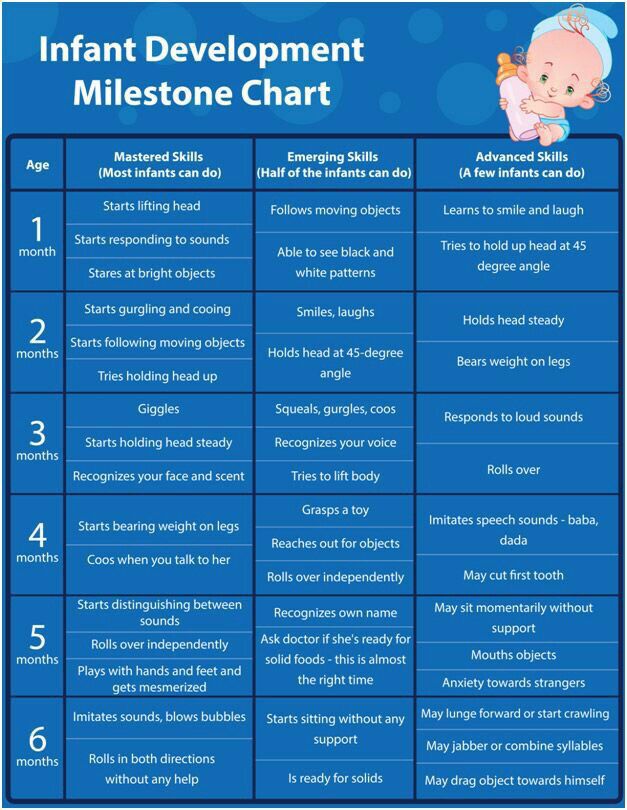 “I can fly!”)
“I can fly!”)
Younger grade-schoolers (ages 6–7 years)
- Learn spelling rules
- Keep increasing the number of words they recognize by sight
- Improve reading speed and fluency
- Use context clues to sound out and understand unfamiliar words
- Go back and re-read a word or sentence that doesn’t makes sense (self-monitoring)
- Connect what they’re reading to personal experiences, other books they’ve read, and world events
Older grade-schoolers (ages 8–10 years)
- In third grade, move from learning to read to reading to learn
- Accurately read words with more than one syllable
- Learn about prefixes, suffixes, and root words, like those in helpful, helpless, and unhelpful
- Read for different purposes (for enjoyment, to learn something new, to figure out directions, etc.)
- Explore different genres
- Describe the setting, characters, problem/solution, and plot of a story
- Identify and summarize the sequence of events in a story
- Identify the main theme and may start to identify minor themes
- Make inferences (“read between the lines”) by using clues from the text and prior knowledge
- Compare and contrast information from different texts
- Refer to evidence from the text when answering questions about it
- Understand similes, metaphors, and other descriptive devices
Middle-schoolers and high-schoolers
- Keep expanding vocabulary and reading more complex texts
- Analyze how characters develop, interact with each other, and advance the plot
- Determine themes and analyze how they develop over the course of the text
- Use evidence from the text to support analysis of the text
- Identify imagery and symbolism in the text
- Analyze, synthesize, and evaluate ideas from the text
- Understand satire, sarcasm, irony, and understatement
Keep in mind that some schools focus on different skills in different grades.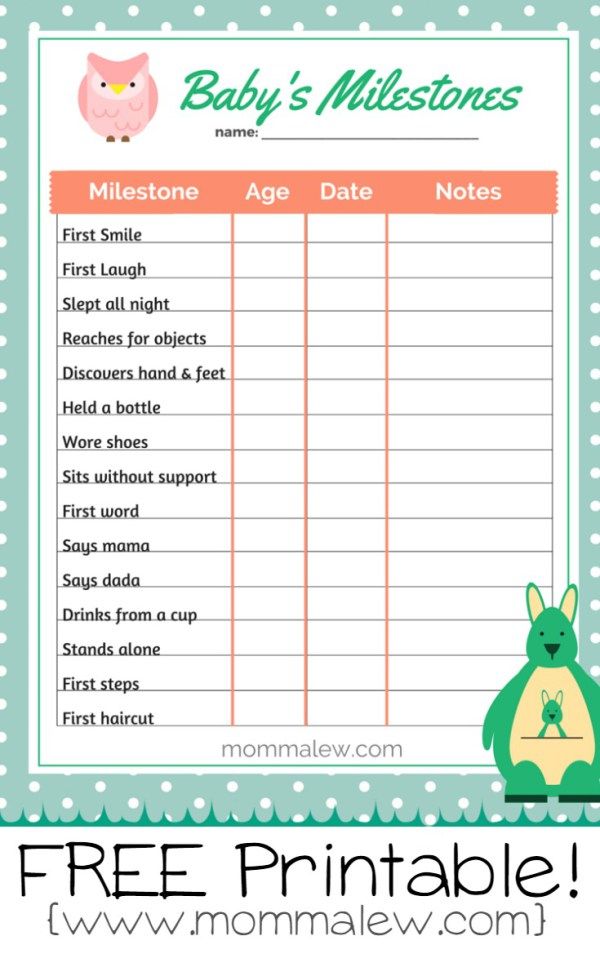 So, look at how a child reacts to reading, too. For example, kids who have trouble reading might get anxious when they have to read.
So, look at how a child reacts to reading, too. For example, kids who have trouble reading might get anxious when they have to read.
If you’re concerned about reading skills, find out why some kids struggle with reading.
Related topics
Reading and writing
Great School Student Encyclopedia
Great School Student Encyclopedia a unique edition containing the entire body of knowledge, necessary for elementary students. For children going to the 1st grade, it will serve as an indispensable assistant for school preparation. In this encyclopedia, the child will be able to find any information of interest to him, in a way that is clear and easy to understand. You choose words and definitions for simple things, that need to be explained to the child? Doubt the wording? Just take "Big Encyclopedia schoolchild" and find the right answer with your child!
Mathematics in verse
Speech development
ABC in pictures
Attention games
How to choose the right school
Your child is left-handed
How to prepare homework
Controls and exams
Big encyclopedia of schoolchildren is your reliable guide in the world of knowledge. It will guide you through the winding labyrinths of the sciences and reveal the veil of the great mysteries of the universe. With her you will rise high to the stars and sink to the bottom of the deepest seas you will learn to see the smallest organisms and feel the vast expanses of the Earth. By embarking on this exciting journey, you will significantly expand your horizons and rise to a new level of development. From now on, no questions from teachers can confuse you, you can find a way out of any situation. The world of knowledge is calling you. Good luck!
It will guide you through the winding labyrinths of the sciences and reveal the veil of the great mysteries of the universe. With her you will rise high to the stars and sink to the bottom of the deepest seas you will learn to see the smallest organisms and feel the vast expanses of the Earth. By embarking on this exciting journey, you will significantly expand your horizons and rise to a new level of development. From now on, no questions from teachers can confuse you, you can find a way out of any situation. The world of knowledge is calling you. Good luck!
| Child does not want to learn letters Child does not want to learn letters - You know, you have to do something! - anxiously told me a plump, well-dressed lady, barely fit in a chair. Her legs in neat boats were tightly compressed (the skirt to the middle of the knee seemed a little short for such a monumental figure), her hands were folded on her knees. | Past continuous passive The passive voice is formed with the help of the auxiliary verb 'to be'. Passive voice of the verb 'to repair' in the 'continuous' group: To be repaired = To be repaired. The road is being repaired = The road is being repaired. The road is not being repaired = The road is not being repaired. Is the road being repaired? = Are they repairing the road? The road was being repaired = The road was being repaired. The road was not being repaired = The road was not being repaired. Was the road being repaired? = Did they repair the road? Passionate ... |
| Determination of the formula of an organic substance by its molar mass Task: Determine the formula of a hydrocarbon if its molar mass is 78 g. | W SOUND (U). 1) Convenient letter! It's convenient in her What is possible with a letter Hang up your coat. U - bitch In any forest You will see the letter W. 2) PHONETIC CHARGING. How the wolf howls! (u-u-u) 3) TASKS. a) Raise your hand if you hear the sound (y): spider, flower, puddle, sofa, table, chair, pigeons, chicken. b) Where is (y)? Teeth, duck, science, kangaroo... |
Building Reading Skills in Primary School Children
1. INTRODUCTION
INTRODUCTION
“PUT YOUR HEART TO READING” is a saying of Khordi, an Egyptian who lived more than 5,500,000 years ago.
Throughout the history of the development of our society, it is reading that has invariably attracted the best minds of mankind. Descartes, Voltaire, Schiller, Goethe, Dostoevsky, Pushkin, Tolstoy and many others were not only great writers, but also great readers. Their work has become an invaluable contribution to world culture, while at the same time forming a love of reading among ordinary readers.
Today, sociologists around the world believe that modern society is faced with an acute problem - people do not want to read! And an important role in solving this issue, in my opinion, is given to teachers. People under whose professional and sensitive guidance the child masters the first reading skills.
2. THE CONCEPT OF READING.
Reading is a rather complicated psychophysiological process. It involves visual, speech and auditory analyzers. What is reading? To many, this question will seem rather stupid ... And yet, any teacher who teaches children to read should start with this very question.
It involves visual, speech and auditory analyzers. What is reading? To many, this question will seem rather stupid ... And yet, any teacher who teaches children to read should start with this very question.
In modern pedagogy and psychology, the ability to read is divided into four main interrelated levels:
- At the first (elementary) level, a child learns to recognize letters, put them into syllables, and then into words.
- On the second read aloud.
- At the third, he learns to read "to himself."
- On the fourth, react to what you have read, analyze and think critically.
In order to teach a child to read, you need to go through all these levels with him, professionally applying certain methods and teaching certain skills.
Perhaps the most important task of a primary school teacher is to develop a child's reading skills, which will later become the foundation for further education.
3. THE CONCEPT OF READING SKILL.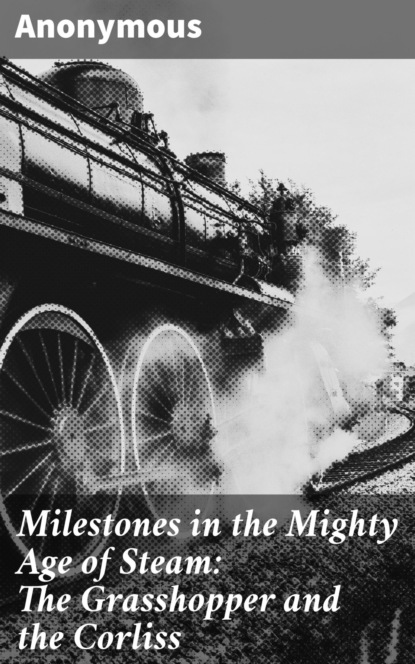
Probably, there is no teacher who would not dream of teaching all his students to read well! If a child fully masters all the reading skills, he will receive a stable base for learning not only in the primary grades, but also in the future. He can easily master the program material at all stages of training.
To form the reading skill of younger preschoolers, you need to remember four of its components:
- Correctness - smooth reading without distortions that affect the meaning of what is being read.
- Fluency - reading speed or reading technique, in relation to reading comprehension. This speed is measured by the number of printed characters read per unit of time (usually the number of words per minute).
- Consciousness is, first of all, an understanding of the author's idea, his intention, an understanding of artistic techniques that help in the implementation of this idea, and an understanding of one's own attitude to what is read.

- Expressiveness is the ability to convey the main idea of the work, as well as a personal attitude to it, by means of oral speech. The main signs of mastering the skill of expressive reading are:
- the ability to observe pauses and put logical stresses that convey the author's intention;
- the ability to observe the intonation of a question, statement, and also to give the voice the necessary emotional coloring;
- good diction, clear, precise pronunciation of sounds, sufficient volume and tempo.
All qualities, of course, are interconnected and are formed on the basis of the development of all cognitive processes: perception, attention, memory and thinking. They go through certain stages of development.
4. Stages of formation of reading skills in younger students.
In practice, children of primary school age usually go through three stages in the development of reading skills.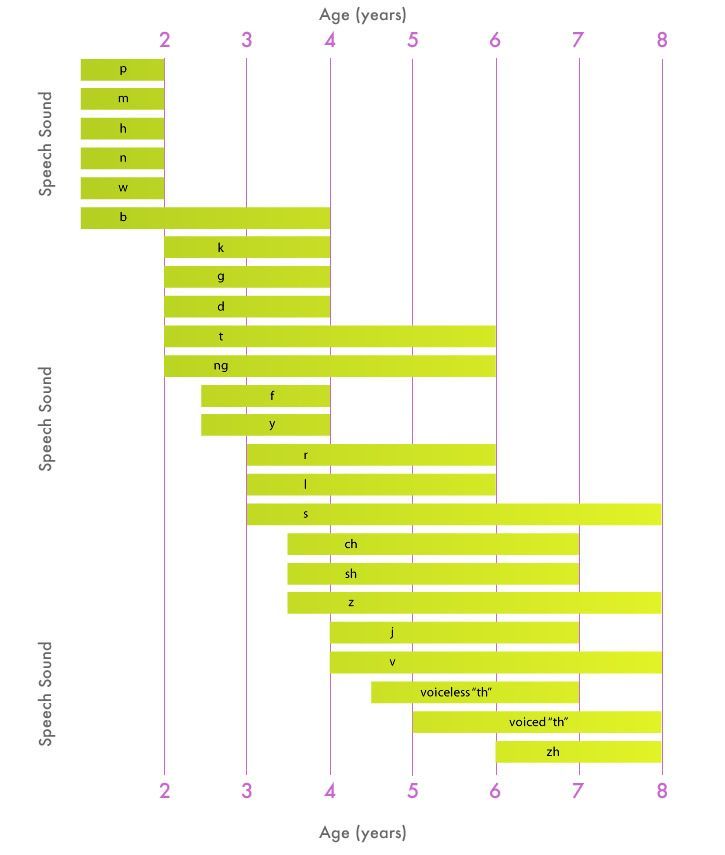 Namely:
Namely:
Analytical is the initial stage and it is characterized by a certain fragmentation of reading components. Recognizing a letter, pronouncing it in a syllable and linking several syllables. Those. reading by syllables. Usually, children go through this stage along with literacy. But here the teacher is advised to remember that each child is unique in general development and in mastering reading skills as well.
Synthetic - this stage is characterized by the synthesis of the main components of reading. Pronunciation, perception and comprehension of what the child reads occurs almost simultaneously. During this period, the child begins to read in whole words. But the most important thing is the presence of a certain intonation. The correct intonation will appear only if the general meaning is understood and held in the mind. From work experience I can say that this happens in the second year of study.
Automation step - at this last stage, reading is brought almost to automatism and all attention is directed to the text itself, its form, content, semantic coloring.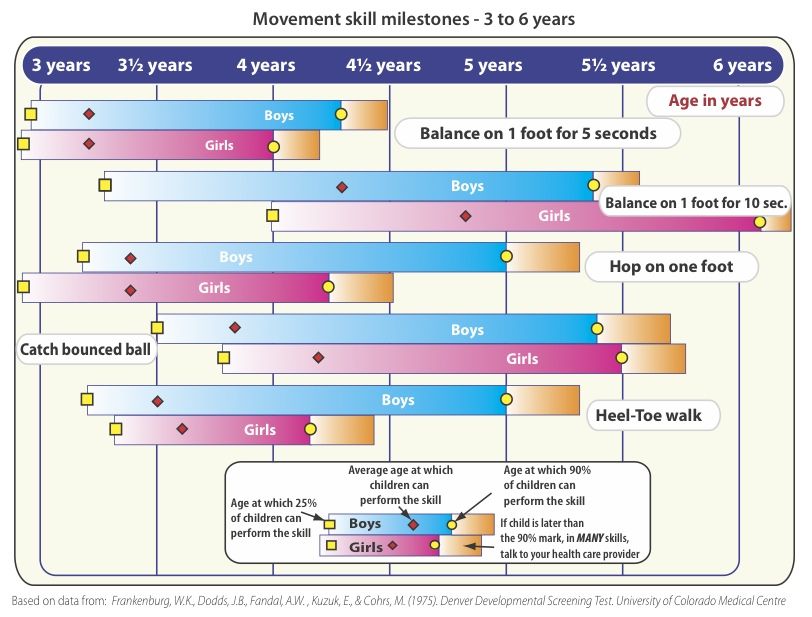 Moreover, guessing the meaning of the text often goes ahead of the reading itself. It is at this moment that children have a desire to read “to themselves”. The child reacts very directly and emotionally to what he reads.
Moreover, guessing the meaning of the text often goes ahead of the reading itself. It is at this moment that children have a desire to read “to themselves”. The child reacts very directly and emotionally to what he reads.
After many years of working with children, I came to the conclusion that it is possible and necessary to go through all these stages in elementary school. But for this, it is necessary to provide such a mode of work in which the child will invariably have a desire to master reading. First of all, the very working atmosphere in the classroom should be conducive to learning. The child should not be afraid to make a mistake or look stupid. The texts offered to the child should be selected taking into account the psychophysical characteristics of the children and taking into account the observance of the phased approach, from simple to complex. Be sure to carry out work to prevent erroneous reading. Well, the most important thing is the daily exercise in reading. This idea should certainly be conveyed to parents, since modern programs do not include reading lessons every day. In addition, I noticed that in a family in which parents read a lot, children who read usually also grow up. The process of becoming a reader in such children runs more smoothly and quickly.
This idea should certainly be conveyed to parents, since modern programs do not include reading lessons every day. In addition, I noticed that in a family in which parents read a lot, children who read usually also grow up. The process of becoming a reader in such children runs more smoothly and quickly.
5. FORMING THE SKILLS OF CORRECT, FLUENT, CONSCIOUS AND EXPRESSIVE READING IN CHILDREN OF PRIMARY SCHOOL AGE.
For more than one year I have been working on the topic “Formation of the skills of correct, fluent, conscious and expressive reading in children of primary school age”. A huge amount of literature and methodologies on this issue has been reviewed. And this is what I came to the conclusion that it is advisable to form reading skills in younger students in conjunction. It is simply criminal to develop the skills of only fluent reading and relegate to the background the skills of conscious, correct or expressive reading.
A) At the beginning of the first year I practice the so-called breathing exercises:
- Guys, let's imagine that we are blowing out candles on a birthday cake. There are a lot of them and you need to blow out every single one (children take a deep breath and many small exhalations, each for a candle).
There are a lot of them and you need to blow out every single one (children take a deep breath and many small exhalations, each for a candle).
- Imagine that we are in a flowering meadow. How many flowers are here! Feel their scent! (children breathe in and out smoothly)
- Let's count! (children take a deep breath and, as they exhale, begin to count. The count is kept until the air runs out).
B) During this period, one should not forget about the speech apparatus, which needs constant training. Usually I use the BLOCK reading method:
1 BLOCK (this is the reading of two-letter combinations)
ke cha you then ta tu ty
You can make a lot of such blocks, it will not be difficult.
2 BLOCK (this is the reading of three-letter combinations)
Bar kor tyk noise crowbar khor pak rak
Ama ole usha ele yula ino yazy omo
Kor rot lom hoktan meh dur rut
3 BLOCK (these are words that end with 2 or more consonants)
Korkh burk clang backlash brain borscht walrus
Korzh kurp porsch mark nimbus chord
There can be many such blocks.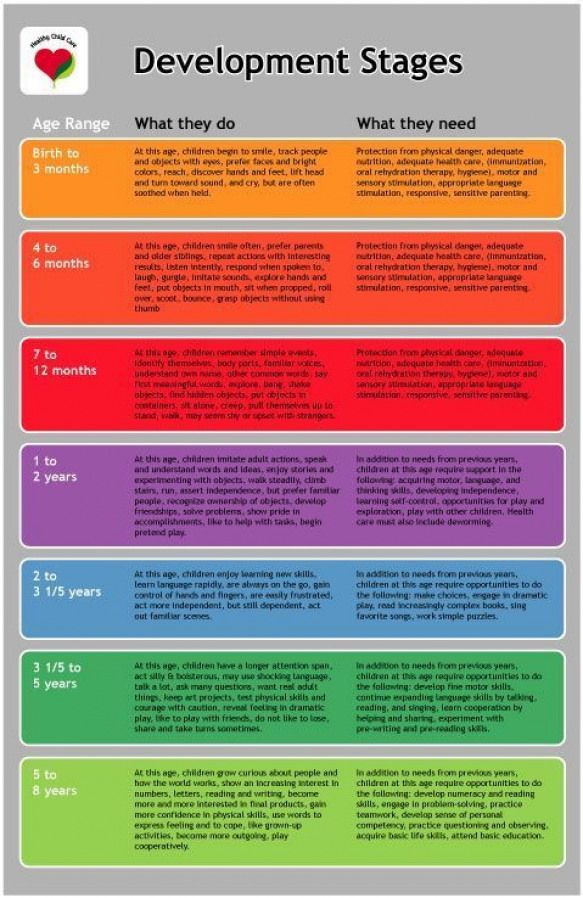 In addition to those already listed, I use blocks with doubled consonants at the beginning of a word, in the middle of a word. Blocks with vocabulary words. Here the teacher is given a wide field for activity.
In addition to those already listed, I use blocks with doubled consonants at the beginning of a word, in the middle of a word. Blocks with vocabulary words. Here the teacher is given a wide field for activity.
C) The next thing I would like to dwell on is diction. Distinctness in the pronunciation of sounds is most quickly and efficiently worked out in tongue twisters. This method is not only effective, but (according to the children, which is important) very fun.
- Senka is carrying Sanka and Sonya on a sled.
Sledge jump, Senka from his feet, Sanka - to the side,
Sonya on the forehead, all in a snowdrift - clap
- The mouse whispers to the mouse:
"You are still rustling, you are not sleeping."
The little mouse whispers to the mouse:
"I will rustle more quietly."
- Lyosha clumsy
Plunged into a puddle.
Torn and soaked his pants,
Stuffed a big bump on his forehead.
You can start with one tongue twister and gradually add others.
D) EXPRESSIVE READING.
We often hear that teachers demand expressive reading from their students. There is no doubt that the very concept of expressive reading is very multifaceted! And in many respects the ability to expressively read depends on life experience, on experienced emotions. Since this baggage is not great for children of the primary level, the work on expressive reading is just beginning.
In my practice, I begin this work with the formation of 3 skills:
- The ability to choose the right intonation (express joy, grief, regret, sadness ...)
- The ability to choose the desired pace of reading (slow and smooth, fast and rhythmic, or their alternation)
- Ability to place logical stresses.
In developing the skill of expressive reading, the book by O.V. Like many others, I took a lot of work material from this book
E) DEVELOPMENT OF READING SKILLS.
To say that a high reading fluency is very important is probably not worth it! This is clear to everyone! This is especially evident when a child moves from primary to secondary school.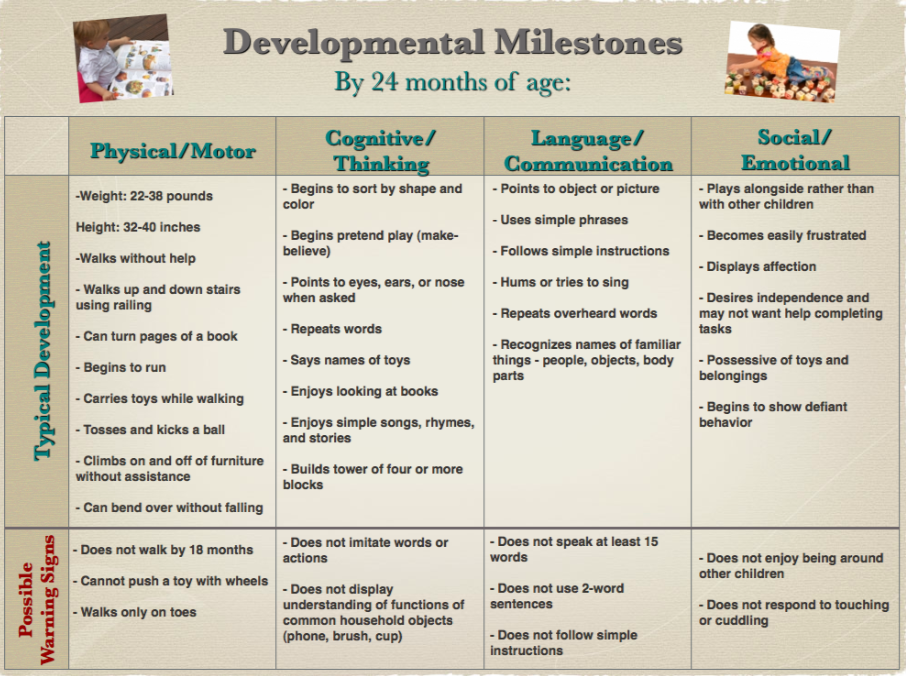 The quantitative load on the subjects increases many times and for the successful assimilation of the material, its timely synthesis and analysis, it is simply necessary to have a high reading technique. Work on the technique of reading begins to be carried out (and this is reasonable) even at the initial link. V.N. Zaitsev in his work “Reserves for Teaching Reading” says that the reading speed of 120 words per minute is quite accessible to most students. Then the following question arises: how to get to this level, how to achieve this speed - the optimal speed, what training reserves can be used here?
The quantitative load on the subjects increases many times and for the successful assimilation of the material, its timely synthesis and analysis, it is simply necessary to have a high reading technique. Work on the technique of reading begins to be carried out (and this is reasonable) even at the initial link. V.N. Zaitsev in his work “Reserves for Teaching Reading” says that the reading speed of 120 words per minute is quite accessible to most students. Then the following question arises: how to get to this level, how to achieve this speed - the optimal speed, what training reserves can be used here?
I use different tricks:
- Buzzing reading (undertone reading)
- Loud reading.
- Reading in a whisper.
- Reading in the teacher's ear.
- Reading in pairs.
- Reading to a desk mate.
- Gentle reading mode.
- Reading at the pace of tongue twisters.
- Choral reading.

I often try to include competitive moments in my work, students like them and are perceived with a bang:
- Competitive reading by desks.
- Competitive reading in rows.
- Between a strong student and a class.
- Between class and teacher.
- Repeated reading with transition to an unfamiliar part of the text.
Taking into account the psychophysical development of younger preschoolers, for whom not so long ago the leading activity was not educational, but play activity, I necessarily include play teaching methods:
- “What next?” (you need to finish the word, the first syllable of which I show on the card).
- "Let's play theater" (reading by roles, observing the tempo, intonation).
- "Find the missing" (search for a missing word in the text).
- For the first grade I often use the game "Live Stones".
For each child, starting from the first grade, I recommend starting a diary on reading technique. It will clearly show the dynamics of growth or give a signal about the backlog and timely work with each student. In my opinion, the method of self-control and mutual control is very effective.
It will clearly show the dynamics of growth or give a signal about the backlog and timely work with each student. In my opinion, the method of self-control and mutual control is very effective.
Good results in learning to read can only be achieved through systematic reading. You need to set a goal for the child - a reading speed of 120 words per minute and track the achievement of this goal. Do it in such a way that the child himself is interested in achieving such a result.
I try for each child, based on his psychophysical type, to select a specific work according to the text. From the first grade, I organize study tours to the district library, printing house, TV and radio studio. All this broadens the horizons of students, gives new food for the mind, vivid emotions.
6. Conclusion.
The purpose of this article is to systematize reading skills in children of primary school age. Acquaintance with own experience. I hope my colleagues will consider it worthy of attention, and maybe they will discover something new for themselves.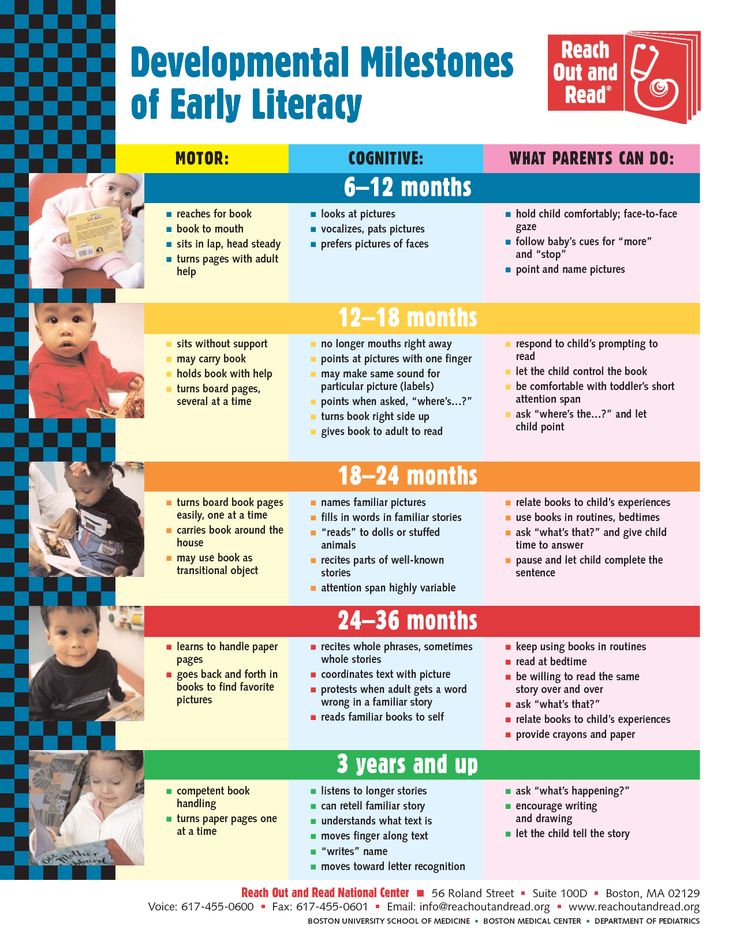

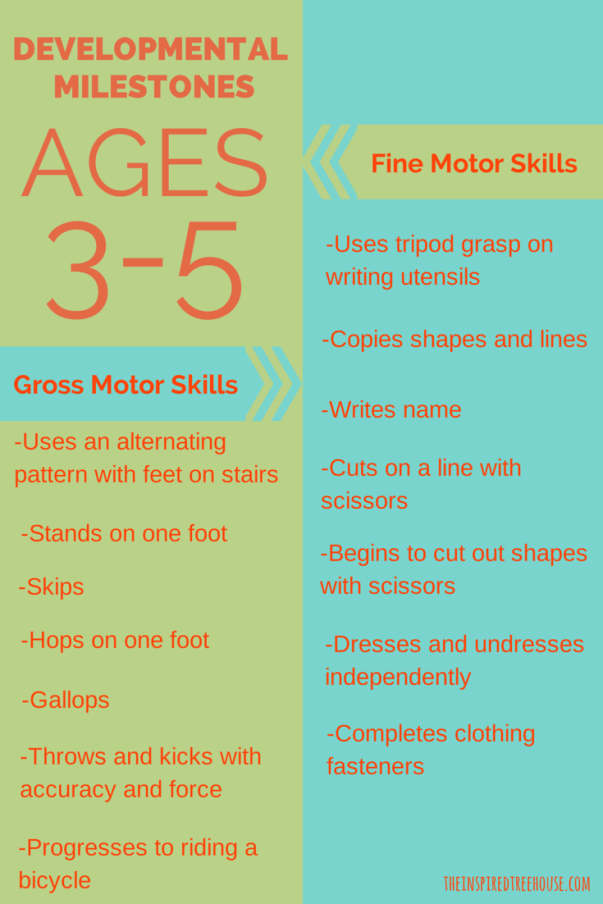 - She’s going to school that year, all her peers are already reading, and she even letters ...
- She’s going to school that year, all her peers are already reading, and she even letters ... 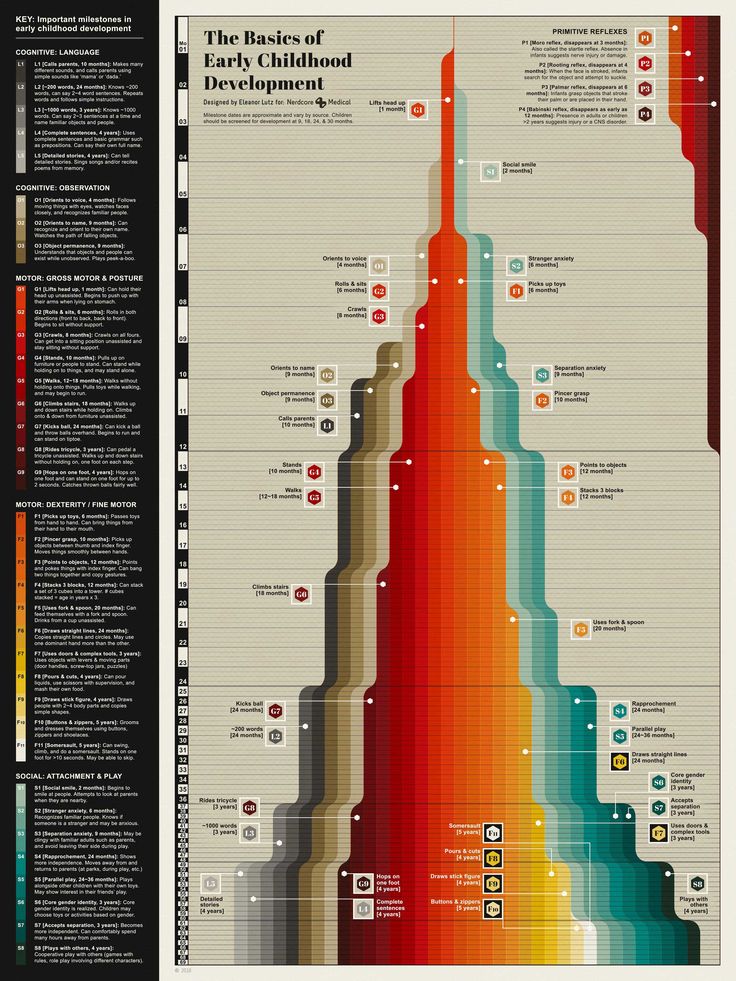 No. p / p Sequencing Taking Actions one. Write down the general formula of a hydrocarbon. The general formula of the hydrocarbon СхНу 2. Find the molar mass of a hydrocarbon in general terms. M (CxHy) \u003d 12x + y 3. Equate the value of the molar mass found in a general form to that given in ...
No. p / p Sequencing Taking Actions one. Write down the general formula of a hydrocarbon. The general formula of the hydrocarbon СхНу 2. Find the molar mass of a hydrocarbon in general terms. M (CxHy) \u003d 12x + y 3. Equate the value of the molar mass found in a general form to that given in ... 